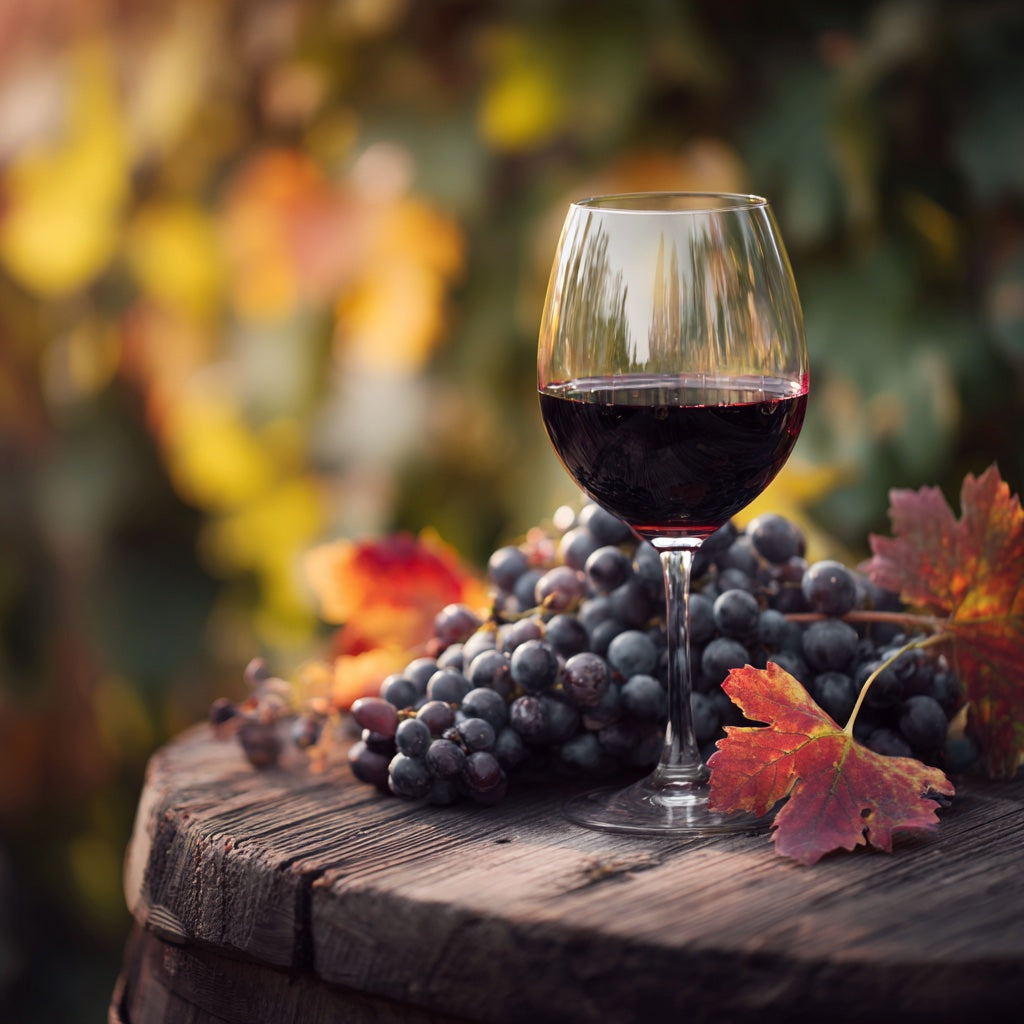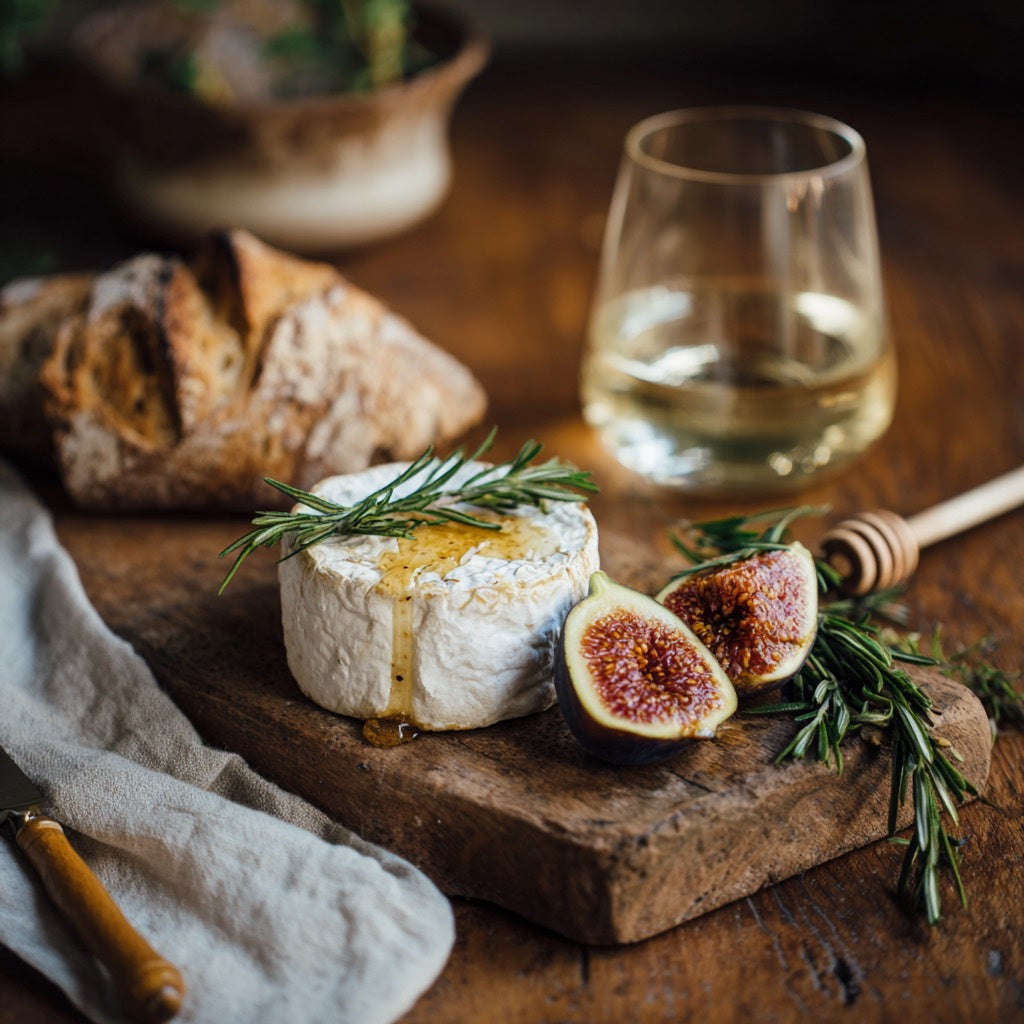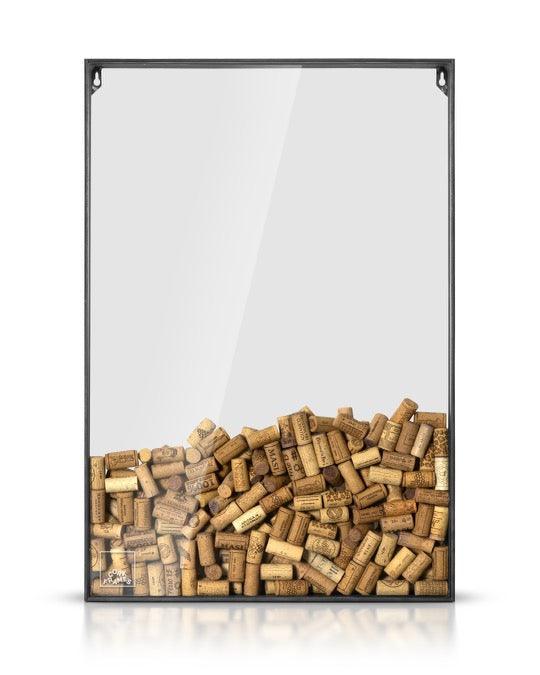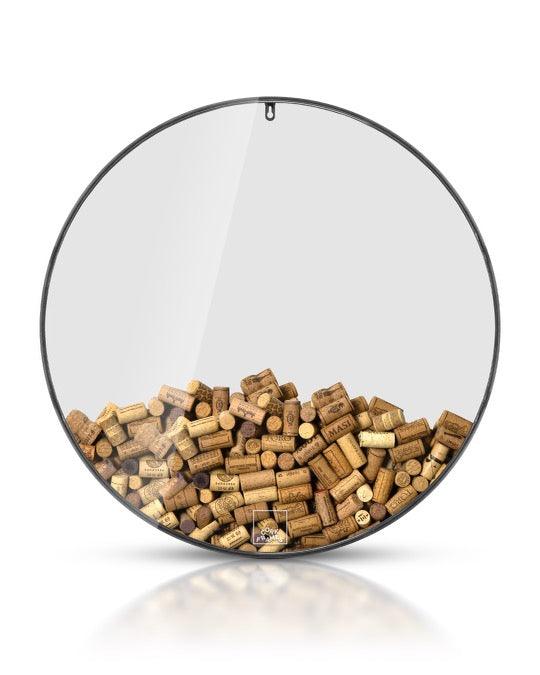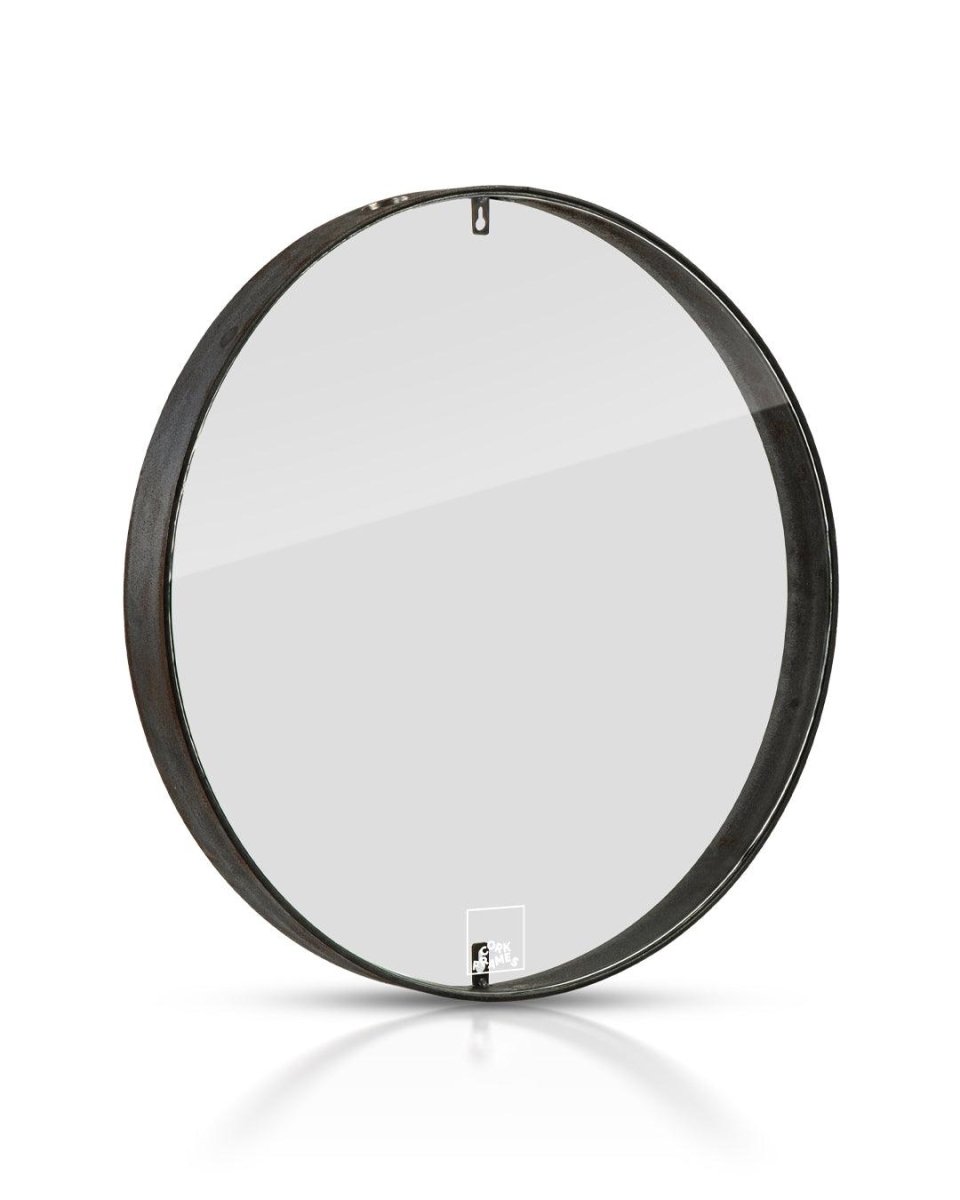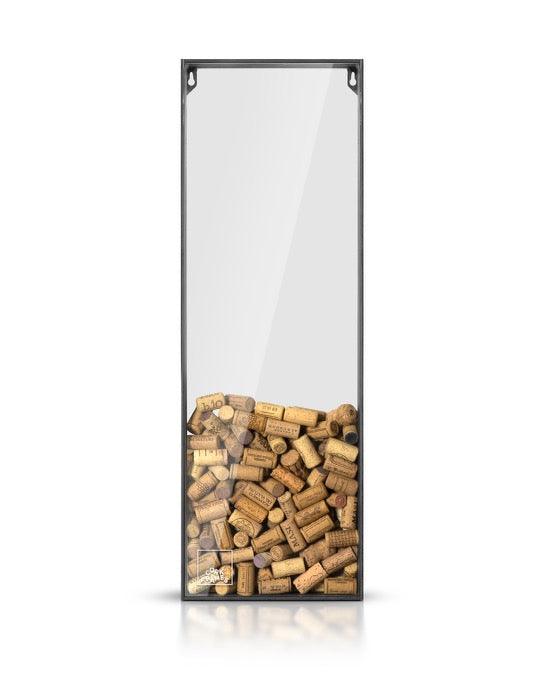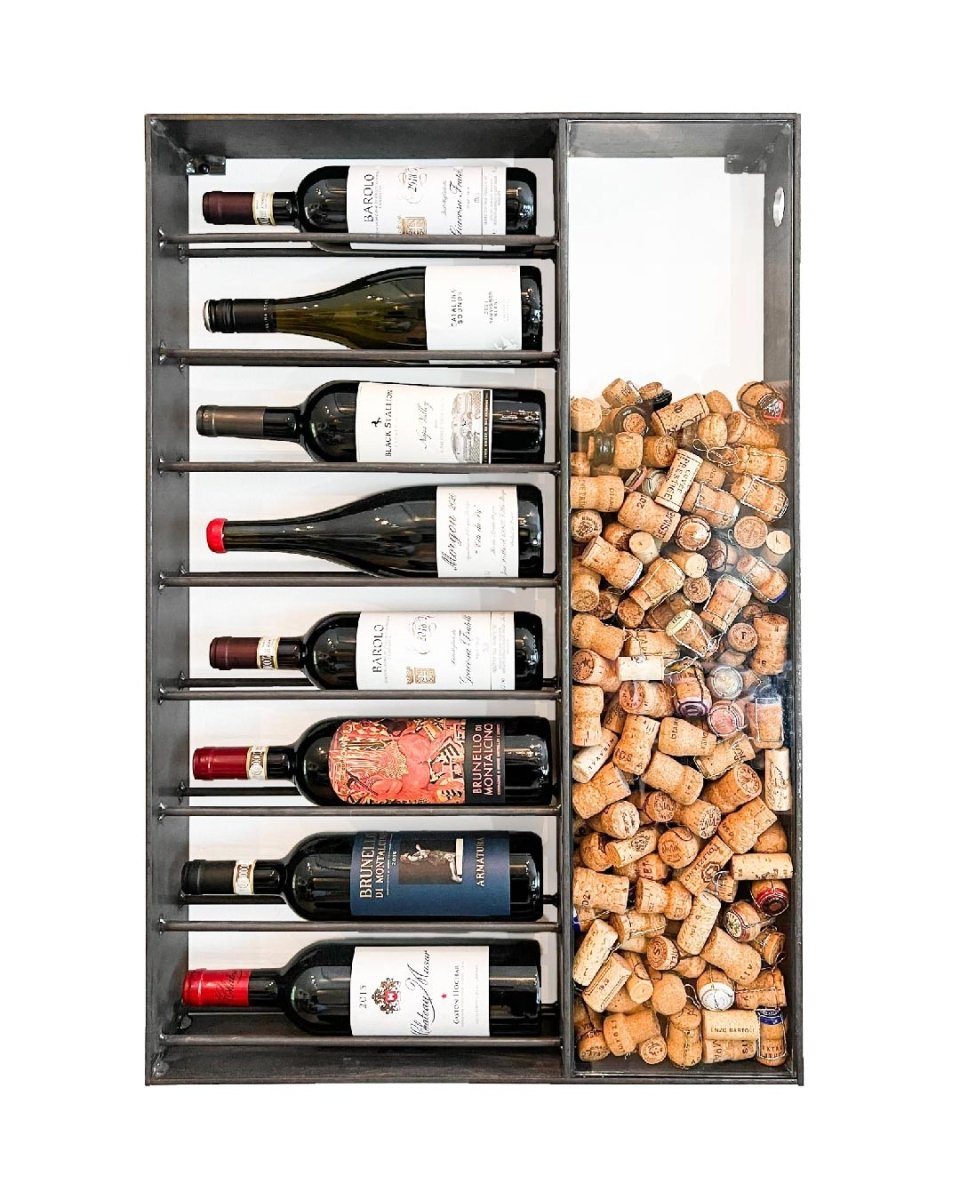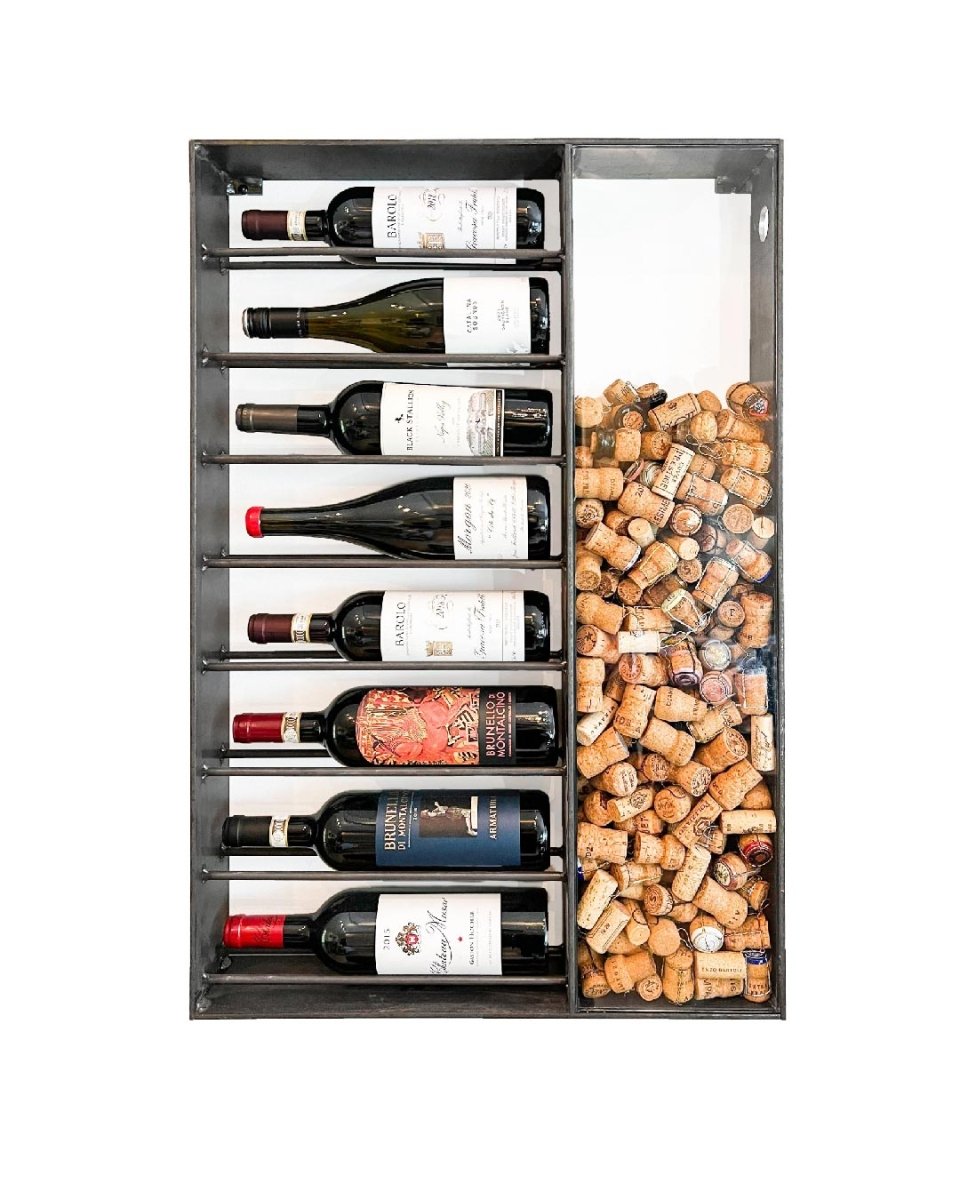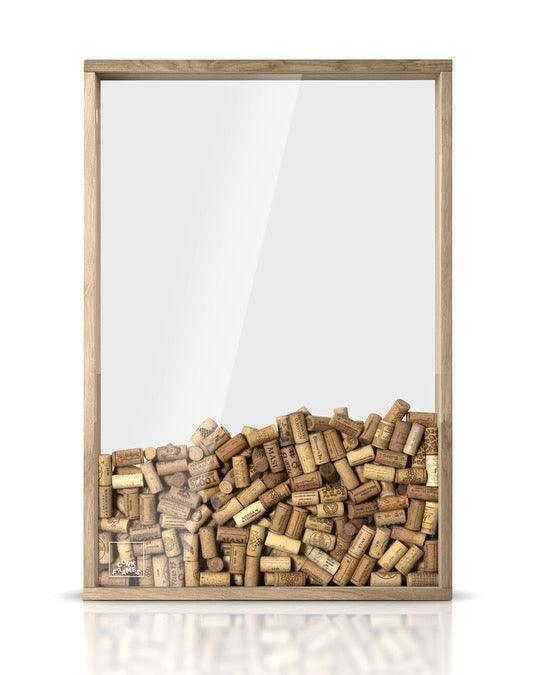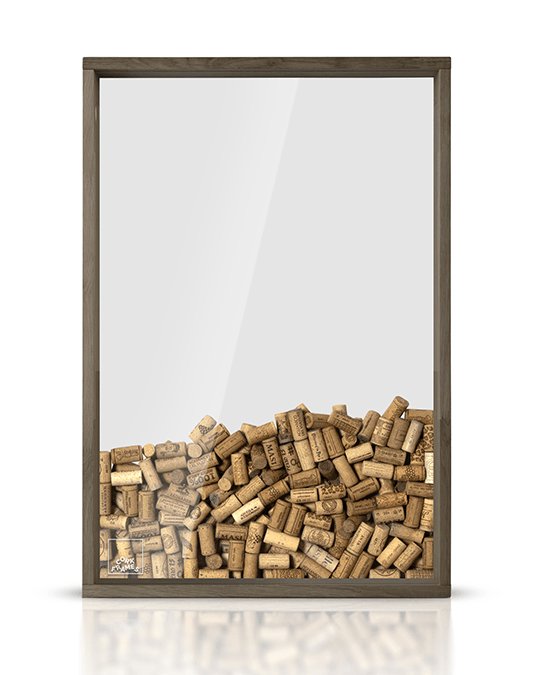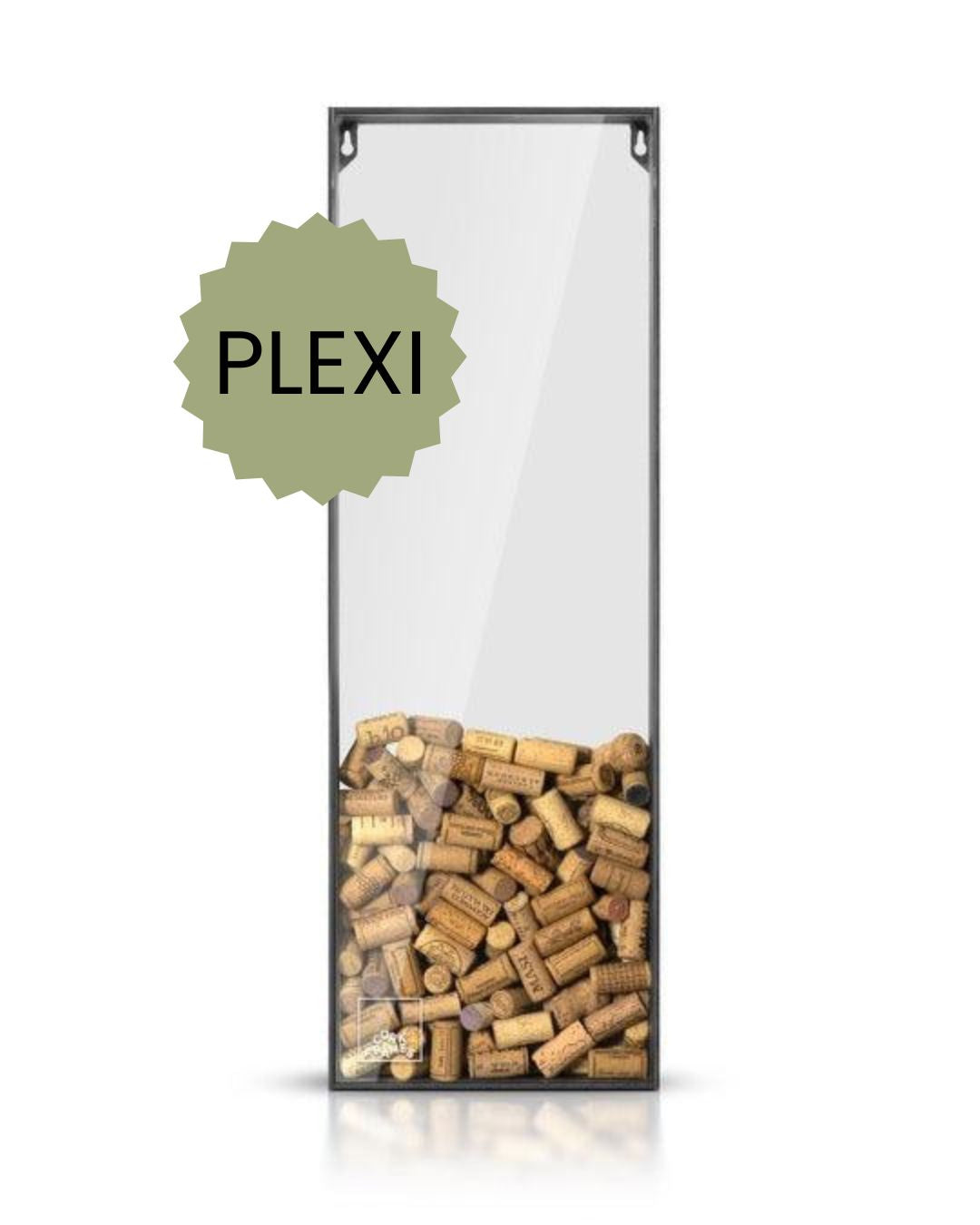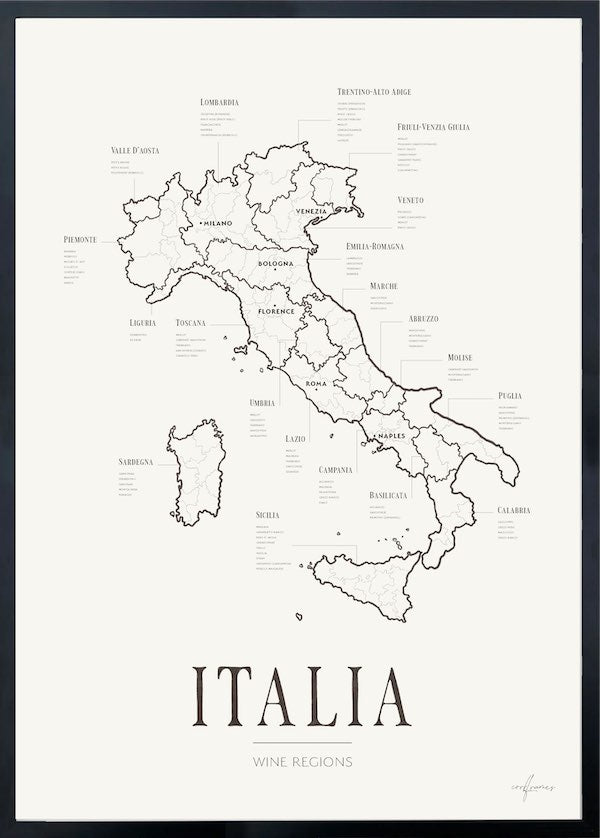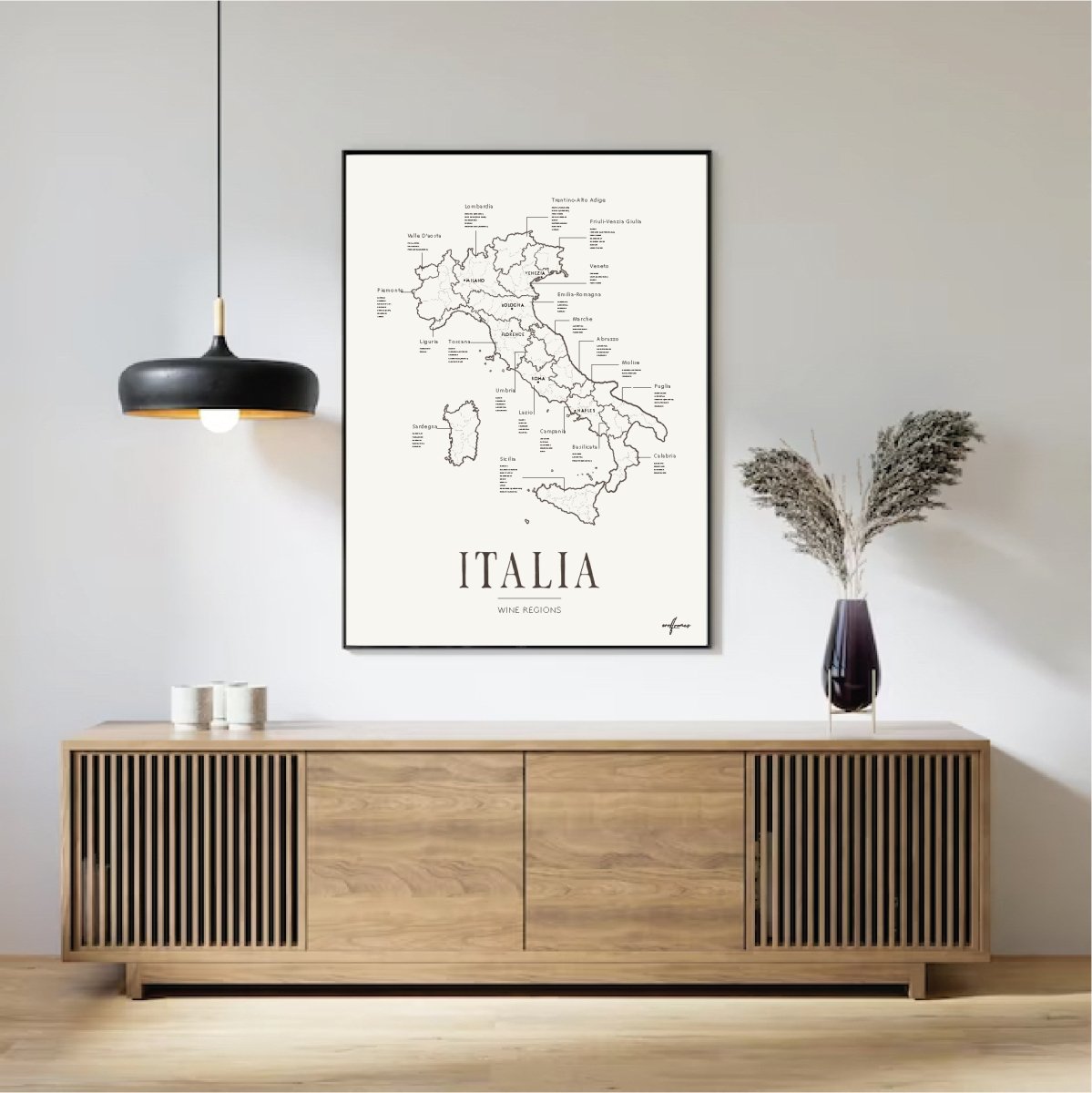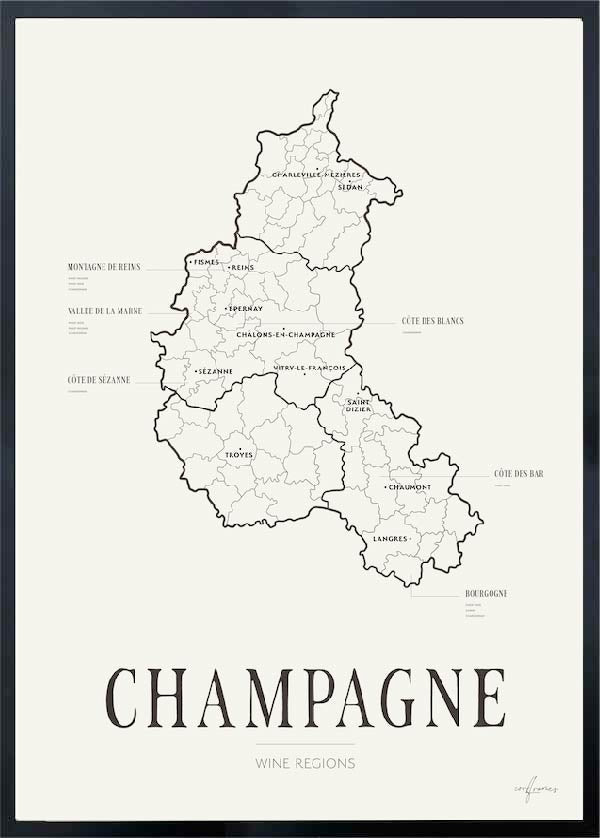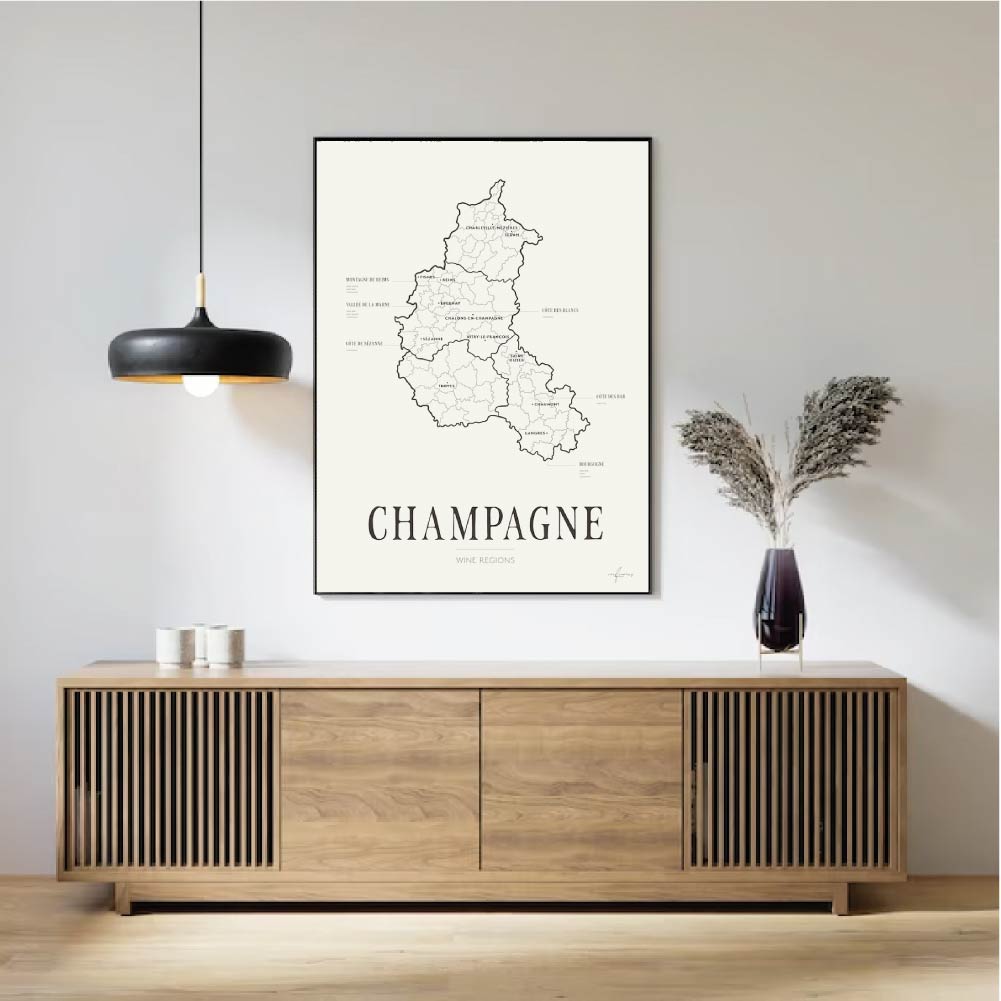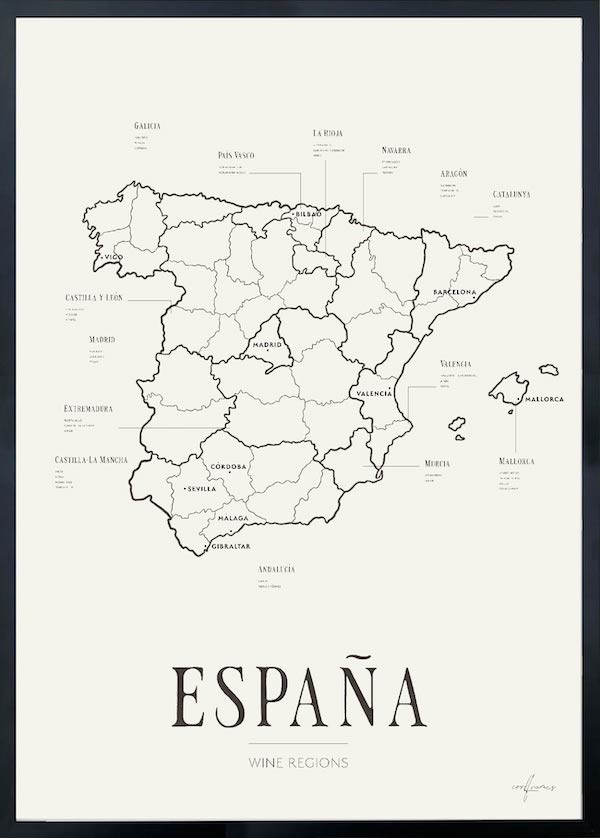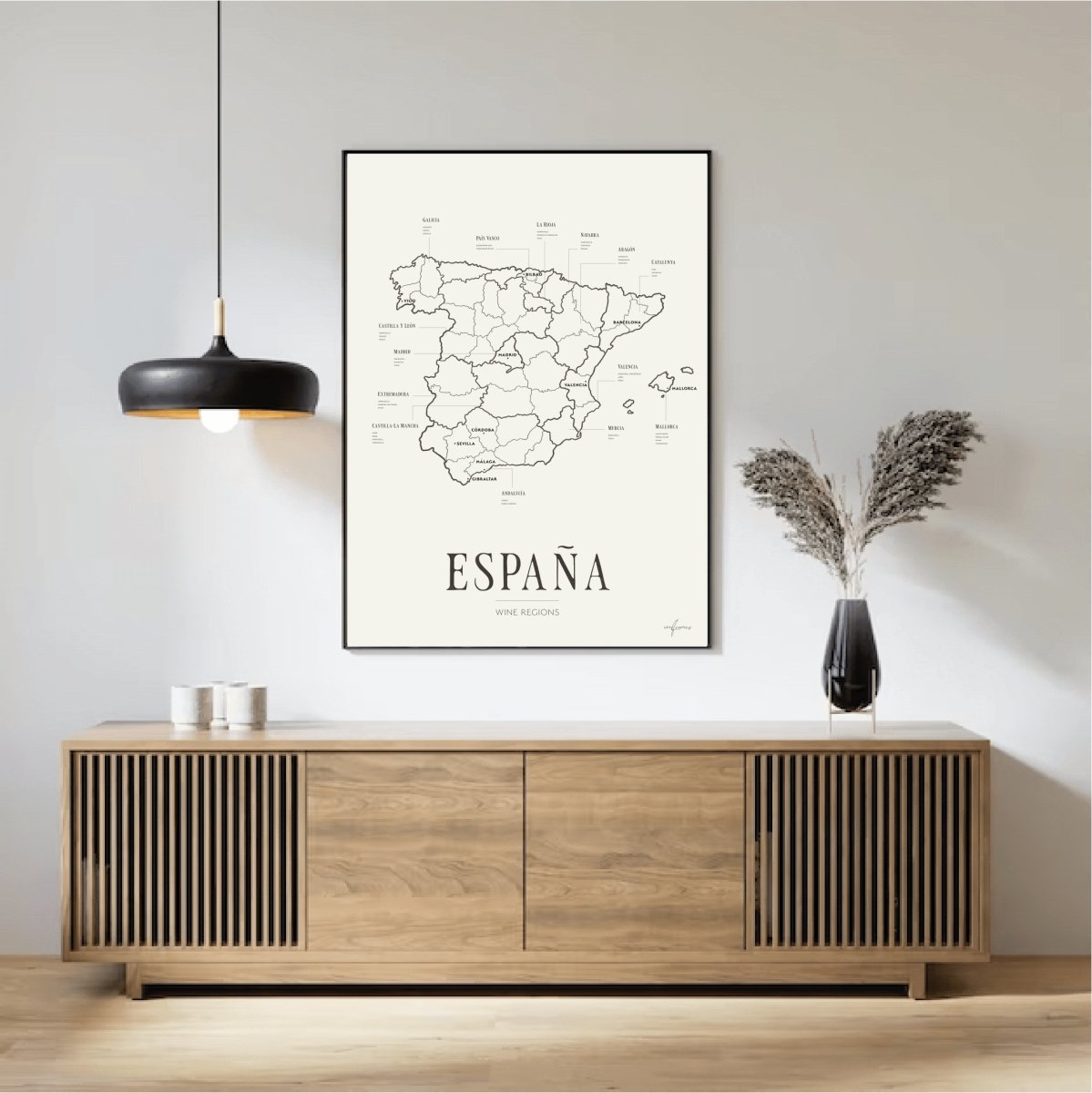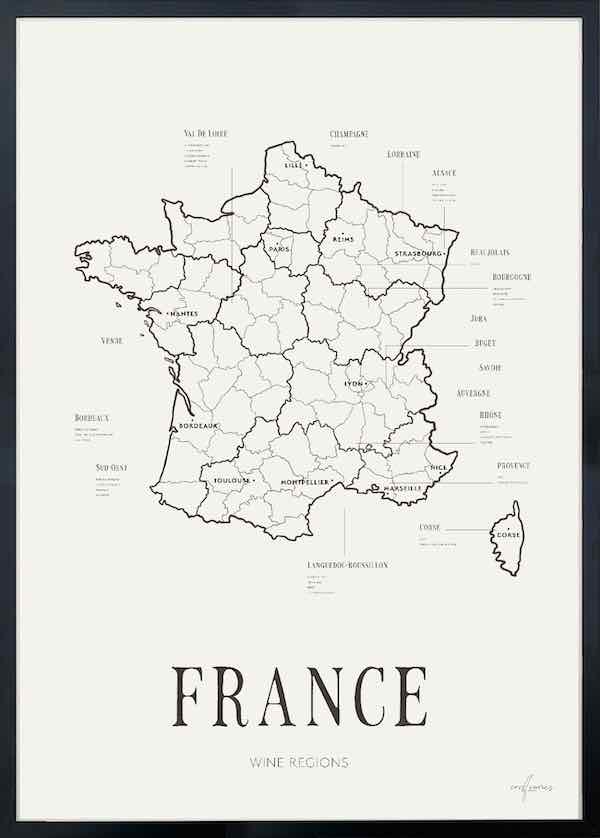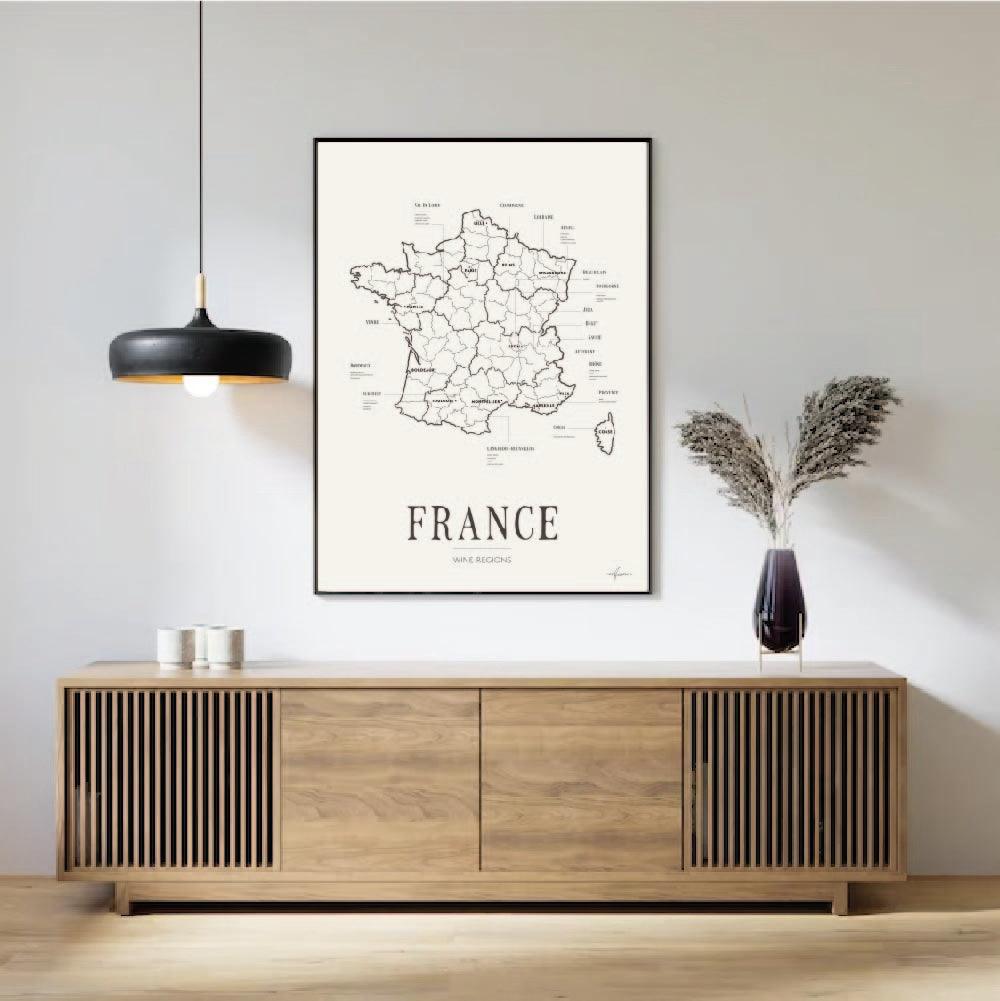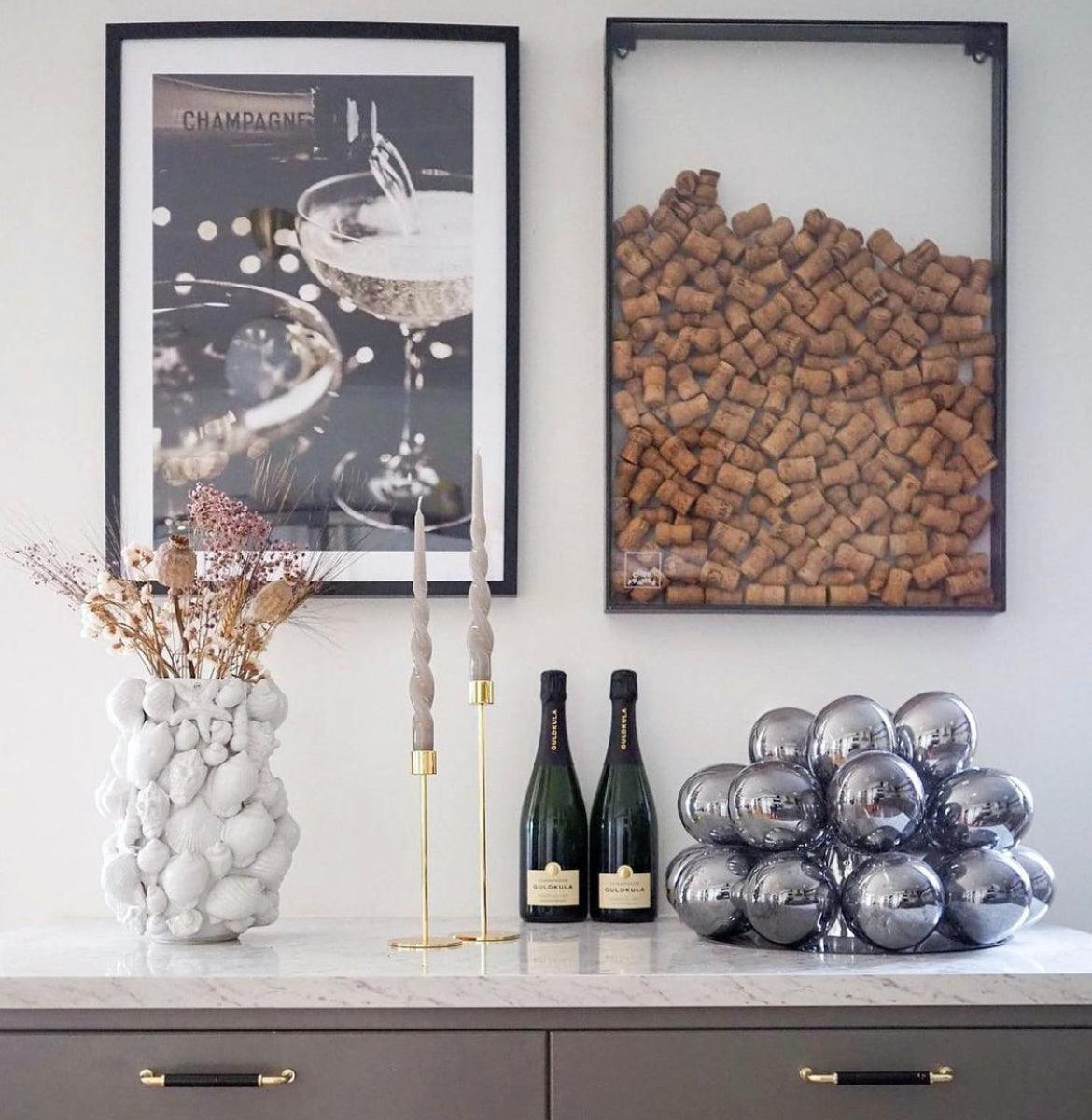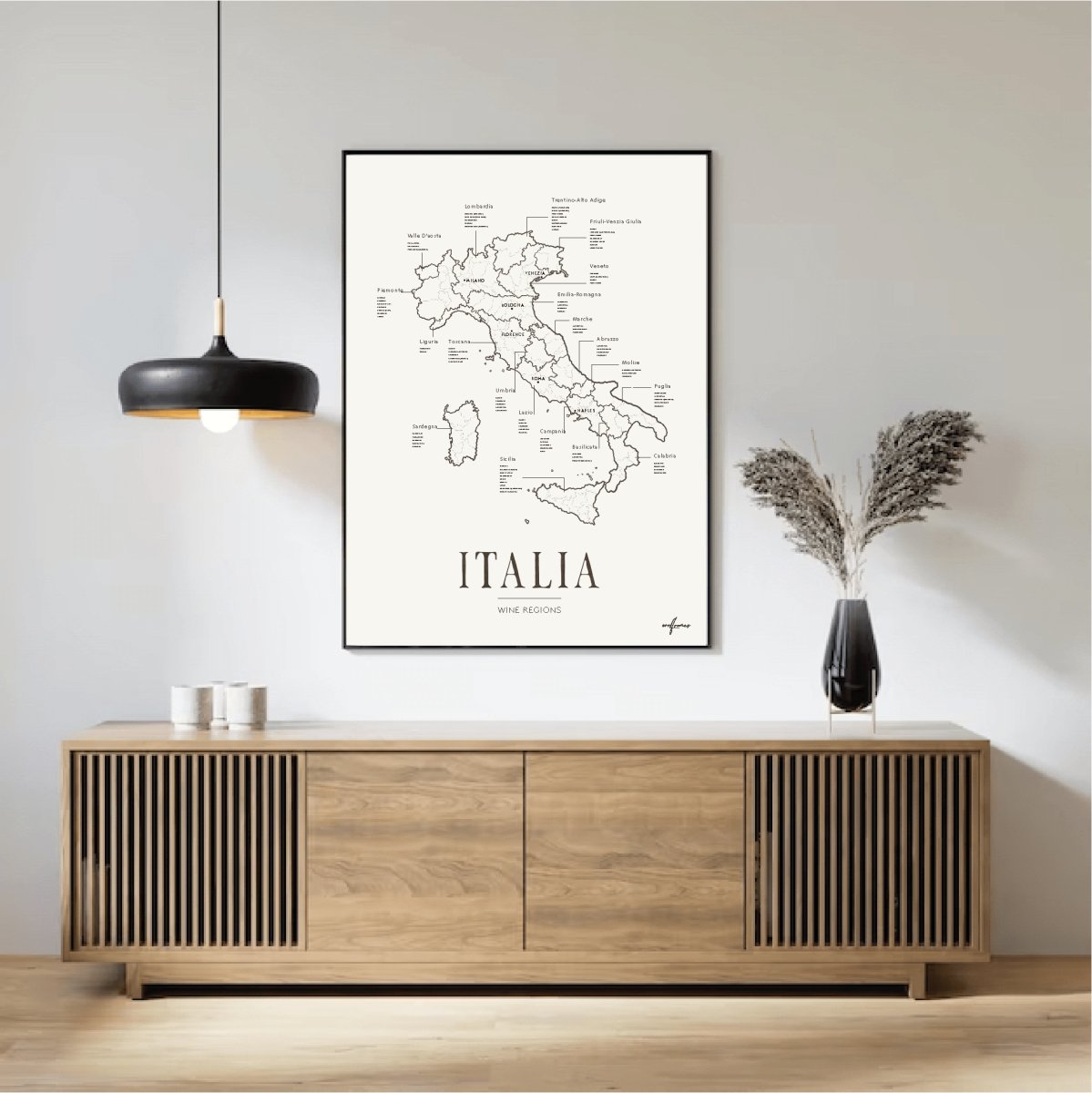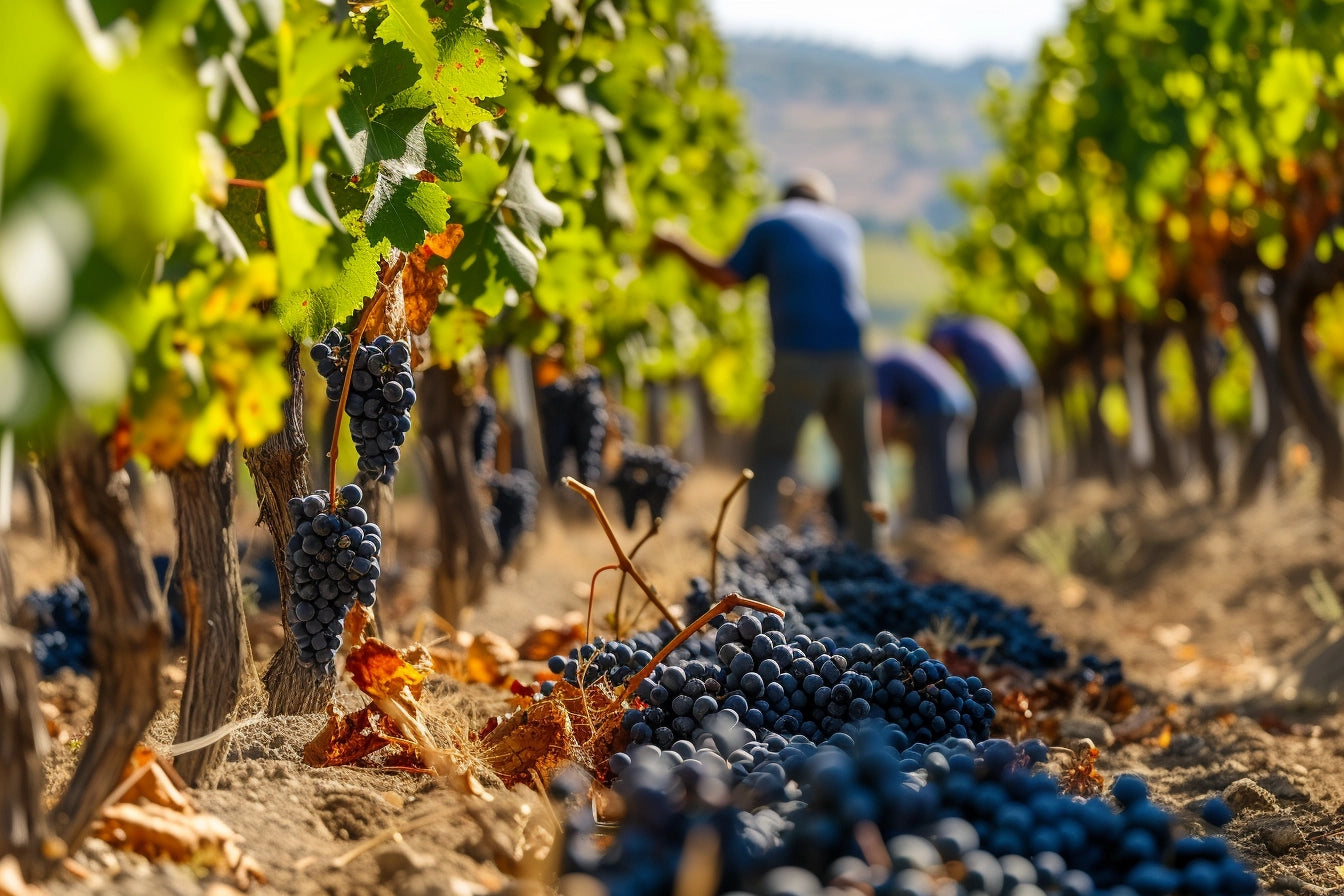Introduction to Merlot
Merlot, often overshadowed by its more tannic cousin Cabernet Sauvignon, is a widely planted and exceptionally versatile red grape variety. Known for its soft, approachable character, Merlot has captivated wine lovers globally, from its historic origins in Bordeaux, France, to the burgeoning vineyards of the New World. This article explores the rich history, distinct characteristics, and enduring appeal of Merlot.
The History and Origins of Merlot
Bordeaux Roots
Merlot's story begins in the celebrated vineyards of Bordeaux. The name itself is thought to be a diminutive of 'merle', the French word for blackbird, perhaps referencing the grape's dark, bluish-black color or the birds' fondness for its sweet berries. Early records indicate its presence in Bordeaux as far back as the 18th century, initially gaining prominence as a blending grape, particularly on the Right Bank alongside Cabernet Franc.
Global Expansion
From its French homeland, Merlot ventured across continents, finding success in diverse terroirs. Its adaptability and consumer appeal led to significant plantings in Italy, California, Washington State, Chile, Argentina, and Australia. While it faced a dip in popularity in the early 2000s due to misguided perceptions, Merlot has since made a strong comeback, re-establishing itself as a cornerstone of red wine production.
Characteristics of Merlot Wine
Flavor Profile
Merlot wines are celebrated for their medium to full body, soft tannins, and a palate that often includes a delightful mix of red and dark fruit flavors. Common tasting notes include:
Red Fruits: Cherry, plum, raspberry
Dark Fruits: Blackberry, blackcurrant, blueberry
Herbal/Earthy Notes: Green bell pepper (especially in cooler climates or if picked early), mint, cedar, tobacco
Secondary Notes (from oak aging): Vanilla, chocolate, coffee, spice
Distinguishing Features
Compared to Cabernet Sauvignon, Merlot typically offers a softer mouthfeel and earlier drinkability. Its tannins are generally silkier, and its acidity tends to be a bit lower, making it a very approachable wine. It also ripens earlier than Cabernet Sauvignon, which can be an advantage in certain climates.
Merlot in Winemaking
Single Varietal vs. Blends
Merlot excels both as a single varietal wine and as a blending component. When bottled on its own, it showcases its inherent fruitiness and supple texture. In Bordeaux-style blends, Merlot contributes fruit, softens tannins, and adds complexity, balancing the structure of Cabernet Sauvignon and the aromatic qualities of Cabernet Franc.
Terroir Influence
The expression of Merlot can vary significantly based on its growing environment:
Cool Climates (e.g., Bordeaux's Right Bank): Wines tend to be more structured, with notes of red fruit, plum, and often a distinctive earthy, sometimes herbaceous character.
Warm Climates (e.g., California, parts of Australia): Merlot often displays riper, jammy dark fruit flavors, with notes of chocolate and spice, and a fuller body.
Food Pairings with Merlot
Merlot's versatility makes it an excellent companion to a wide range of dishes. Its moderate tannins and fruit-forward profile allow it to pair well with:
Roasted chicken and turkey
Pork dishes, especially slow-cooked or with fruit sauces
Pasta with tomato-based sauces
Mild cheeses
Beef stews and lighter cuts of beef
Mushrooms and earthy vegetable dishes
The Enduring Appeal of Merlot
Despite past challenges, Merlot remains one of the world's most cherished red grape varieties. Its ability to produce wines that are both complex and accessible ensures its place in vineyards and on dinner tables around the globe. Whether enjoyed as a soft, fruit-driven standalone or as a supportive backbone in a sophisticated blend, Merlot offers a consistently rewarding experience for both novice and experienced wine drinkers.

